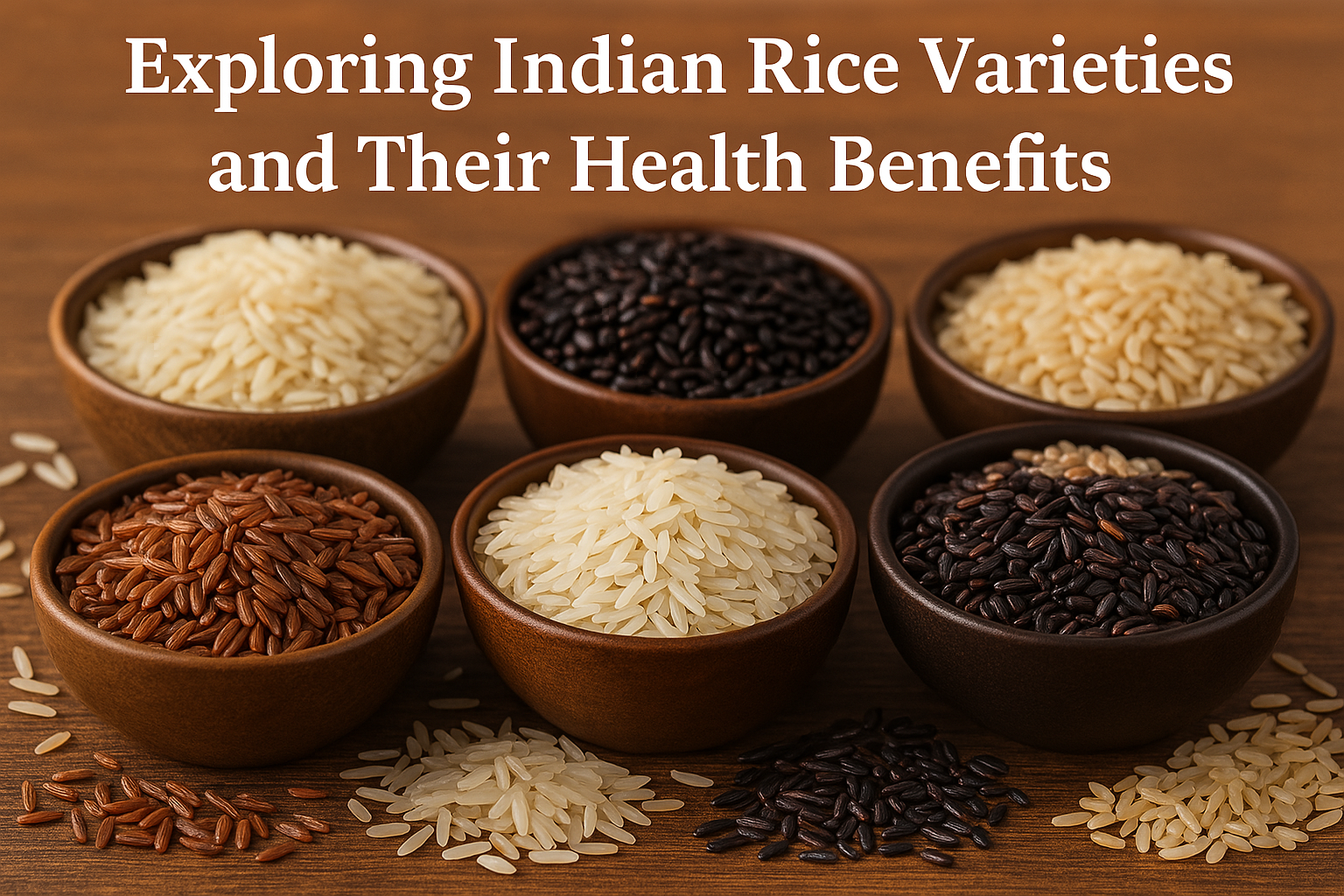A plant-based diet fuels and empowers our bodies. Plants contain nutrients, vitamins, minerals, and antioxidants that will keep your cells healthy and your body in balance, allowing your immune system to function optimally. A plant-based diet also protects you from germs and microorganisms, which can attack mutations in cells and prevent diseases from progressing.

A plant-based diet does not preclude you from eating other foods, foods such as vegetables, grains, and fruits can make up two-thirds of your meal, and the other one-third can be anything. We’ve compiled a list of the top advantages of incorporating a plant-based diet into your daily routine.
1)Prevents Chronic Diseases
One of the top advantages of including a plant-based diet in daily routine is, that it has the power to prevent chronic diseases like diabetes, obesity, heart problems, cancer, and more. Researchers have suggested that people who eat more plants are less likely to suffer from heart problems. Increasing fruits and vegetables in your diet lowers the risk of obesity and the development of cancerous cells.
2)Helps in weight loss
Many people are trying to lose weight by hitting the gym and following various other procedures. With the help of a plant-based diet, it is possible to lose weight with a reduced calorie intake. Another advantage is you can eat more without feeling guilty and you will feel more satisfied after meals and gradually reduce the extra weight.
3)Improves brain power and mental health
A plant-based diet goes beyond physical health. It also reduces oxidative stress and inflammation in the brain cells. Consuming plant-based diets lowers the risk of Alzheimer’s and dementia. It also enhances the activities in the brain which leads to improved memory, and focus, and improves mental health.
4)Increases the lifespan
According to scientific evidence, excessive consumption of processed foods, meat, and sugar is the root cause of an unhealthy lifestyle and will be passed down to future generations. Plant-based diets, on the other hand, extend life. Plant-based diets were consumed by the world’s longest-living people, who lived longer and happier lives.
5)Great for Hair, Skin, and Nails
A plant-based diet has numerous advantages for your hair, skin, and nails. The increase in nutrients promotes faster hair growth and overall health. The hair becomes stronger and more lustrous. The plant-based diet includes foods high in vitamins A, B, and C, which promote healthy, glowing skin.
6)Increase in physical stamina.
Physical stamina is an important aspect of getting through our daily lives. Plant-based diets are great for increasing muscle strength and endurance. If you are an athlete and track your fitness, a plant-based diet is the best way to get all of the calories and proteins you require. Many of the world’s top athletes have revealed that plant-based diets are the reason for their improved performance.
7)Lowers Blood Pressure
A plant-based diet lowers your blood pressure. People who have a poor diet tend to have higher blood pressure which leads to heart attack, kidney failure, and paralysis as well. A plant-based diet helps to prevent and treat those with high blood pressure.
Conclusion: Plant-based diet is a simple choice and has a great impact on our lives. It has immense health benefits and protects us from several illnesses. They improve our quality of life and work comprehensively to improve our overall health. A plant-based diet also reduces carbon footprints and is cheaper than animal-based food.

































